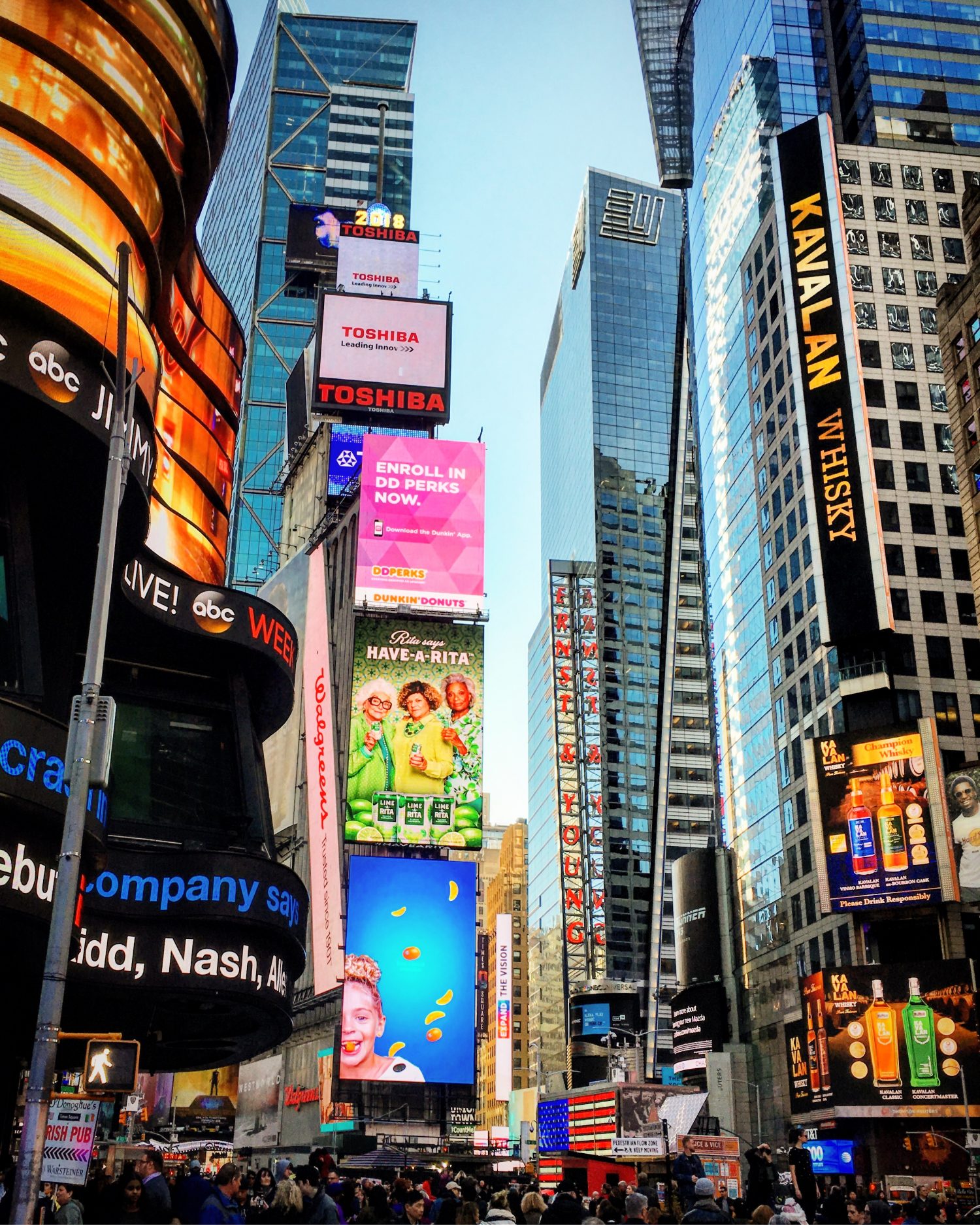Investigating the Key Elements That Influence Color Uniformity in LED Wall Panels for Ideal Display Performance
Investigating the Key Elements That Influence Color Uniformity in LED Wall Panels for Ideal Display Performance
Blog Article
Color consistency in light-emitting diode wall screens is crucial for achieving optimal optical performance. LED wall screens are widely used in multiple settings, including musical events, meetings, and advertising displays. When the colors on these screens are uniform, they create a more engaging and immersive experience for viewers. Several key elements affect color uniformity, including the quality of the LED components, tuning processes, and environmental factors.
The quality of the LED elements plays a major role in color uniformity. Different types of LEDs emit light at varying wavelengths, which can affect the overall color output. High-quality LEDs are engineered to generate a more uniform light spectrum, resulting in improved color accuracy. Additionally, the production process of these LEDs can affect their performance. Screens made with high-grade materials and technology tend to have fewer color differences, ensuring that the shown pictures and footage look lively and true to life.
Calibration is another crucial factor in preserving hue consistency in light-emitting diode wall panels. Calibration entails modifying the configurations of the panel explanation to ensure that the colors shown align the intended appearance. This procedure can include fine-tuning brightness, contrast, and color balance. Regular calibration is necessary, especially in environments where illumination factors change often. By calibrating the screens, specialists can fix any discrepancies in color output, resulting to a more uniform viewing encounter.
Surrounding conditions also affect color uniformity in light-emitting diode wall screens. Elements such as surrounding light, temperature, and humidity can influence how hues are seen. For instance, intense ambient light can wash out hues, making them look more vibrant. Similarly, harsh temperatures can influence the functionality of the light-emitting diodes, leading to hue changes. To reduce these problems, it is crucial to install LED wall screens in controlled settings where lighting and temperature can be controlled effectively.
Lastly, the design and layout of the LED wall screens can impact hue consistency. The configuration of the screens, as well as the distance from which they are viewed, can create variations in color perception. When screens are arranged too distant apart or at varied positions, viewers may notice discrepancies in hue. To obtain the optimal optical performance, it is important to consider the positioning and arrangement of the panels during installation. By addressing these factors, operators can guarantee that their light-emitting diode wall panels provide a consistent and high-quality optical encounter.